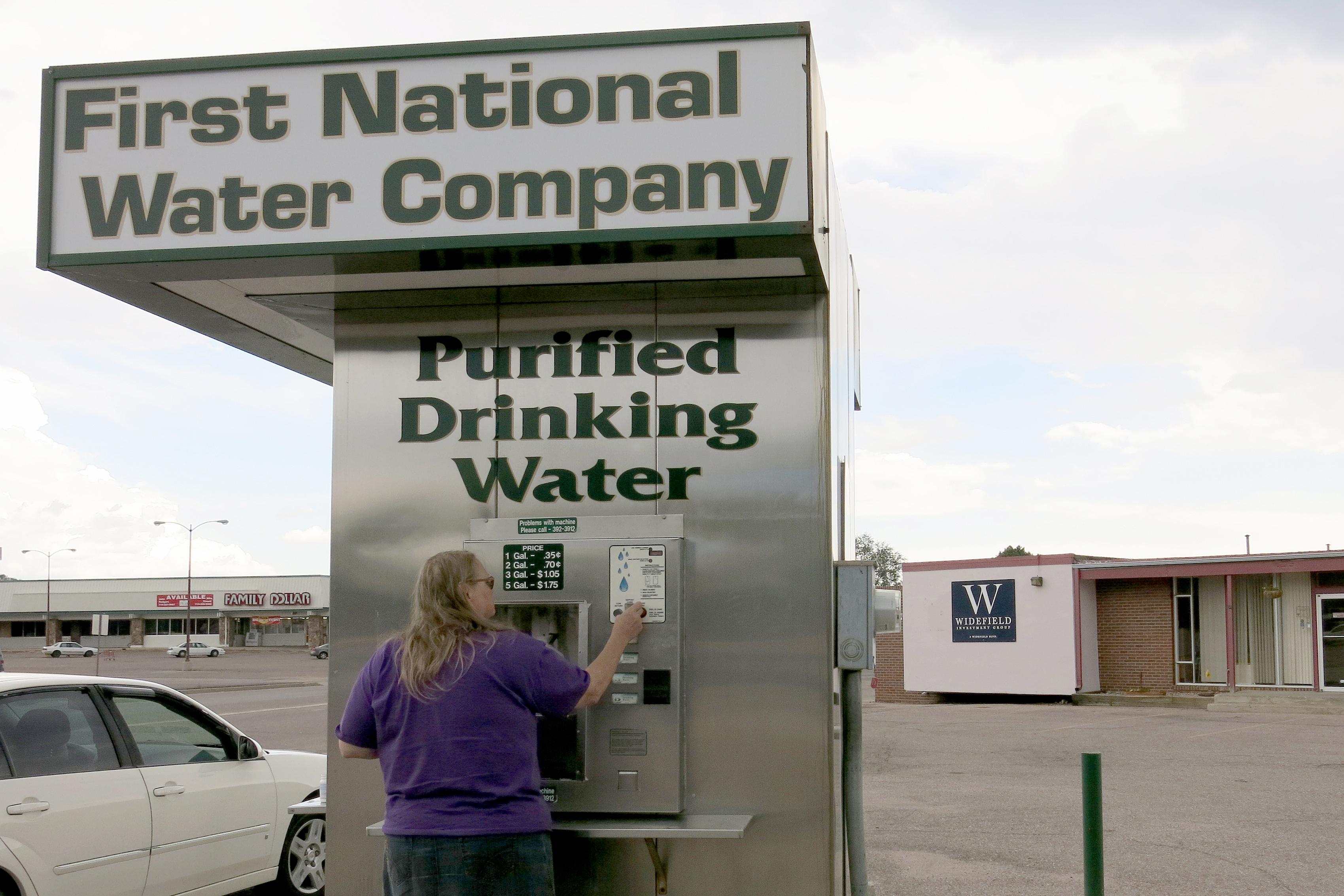

The U.S. Environmental Protection Agency released a plan Thursday detailing how to address a class of toxic chemicals that have contaminated water sources across the country, including Colorado.
The chemicals are called perfluoroalkyl and polyfluoroalkyl substances, otherwise known as PFAS. They’re found in certain non-stick coatings, such as Teflon and cleaning products.
In Colorado, PFAs have been found in parts of north Denver, in a firehouse near Boulder and in the Fountain Creek watershed south of Colorado Springs. A firefighting foam used by the nearby Peterson Air Force Base was the source of the chemicals in that watershed.
Affected towns have since switched to clean drinking water sources or used filters,yet the chemicals remain in the groundwater.
“We get it’s frustrating, because people want something done now,” said EPA Regional Administrator Doug Benevento at a Thursday press conference in the city of Fountain.
The plan lays out a proposed set of rules intended to lower the amount of PFAS found in water sources. It will also outline tools and methods to detect and limit the chemicals.

Environmental groups and politicians alike are criticizing the new plan on the grounds that it will take too long to implement and that it is too narrow.
“Every person in this country should have access to safe drinking water,” said Democratic Sen. Michael Bennet in a press release. “Unfortunately, the EPA’s Action Plan falls short of addressing the serious health threats PFAS pose in drinking water across the country. While the greater focus on these chemicals is welcome, there is very little in the Action Plan that will ease Coloradan’s valid concerns.”
The two kinds of PFAs included in the plan are part of a much broader category of toxic compounds. Benevento said the EPA’s reach is constrained by the requirements of their rulemaking process, since each of the chemicals is different and requires unique treatment.
“Each of them are going to react differently or have different toxicity levels, are going to require different treatment. So we can’t treat them all as one,” Benevento said.
One attendee at the conference was Liz Rosenbaum, a member of the Fountain Valley Clean Water Coalition, a group formed to work on the PFAS contamination. Rosenbaum said that the state and the Air Force have still not tested a broad enough range of water sources.
“We wanted them to go beyond that parameter and continue until you’re not getting any data for these contaminants,” she said.
The Fountain Valley Clean Water Coalition is pursuing legislation at the state level to ban the type of firefighting foam that led to the local contamination. She said the particular chemical in that foam is not covered by the new EPA Plan.
For its part, the Air Force has spent a million dollars phasing out the firefighting foam, and said it will continue to spend money on testing and clean up








